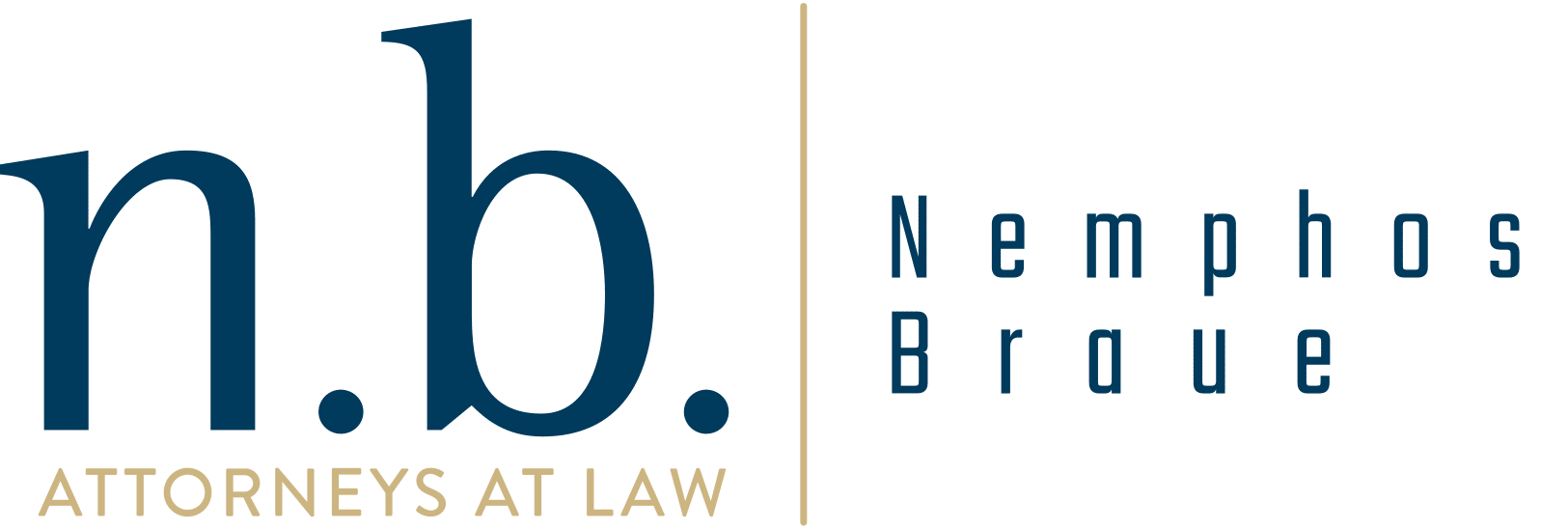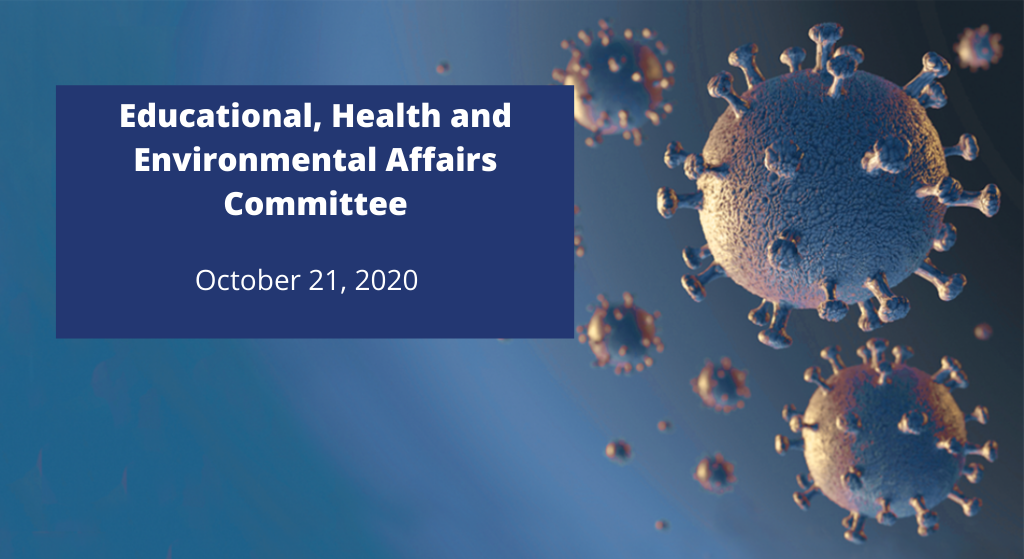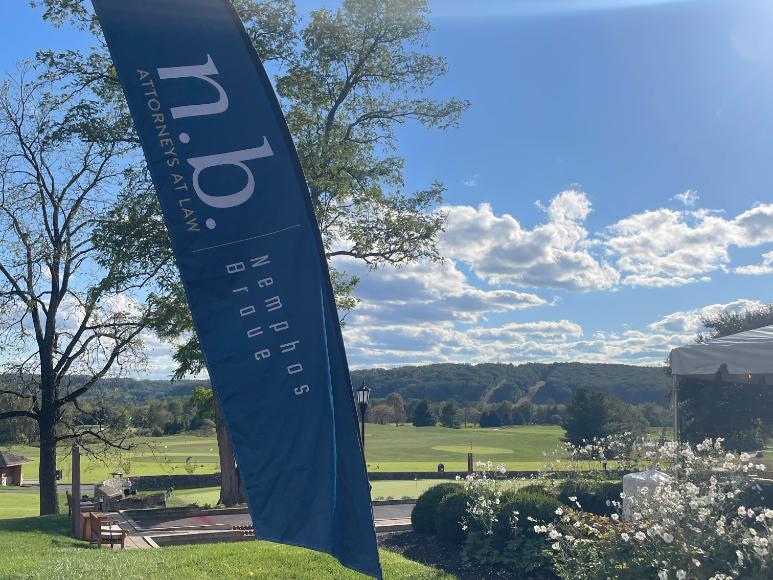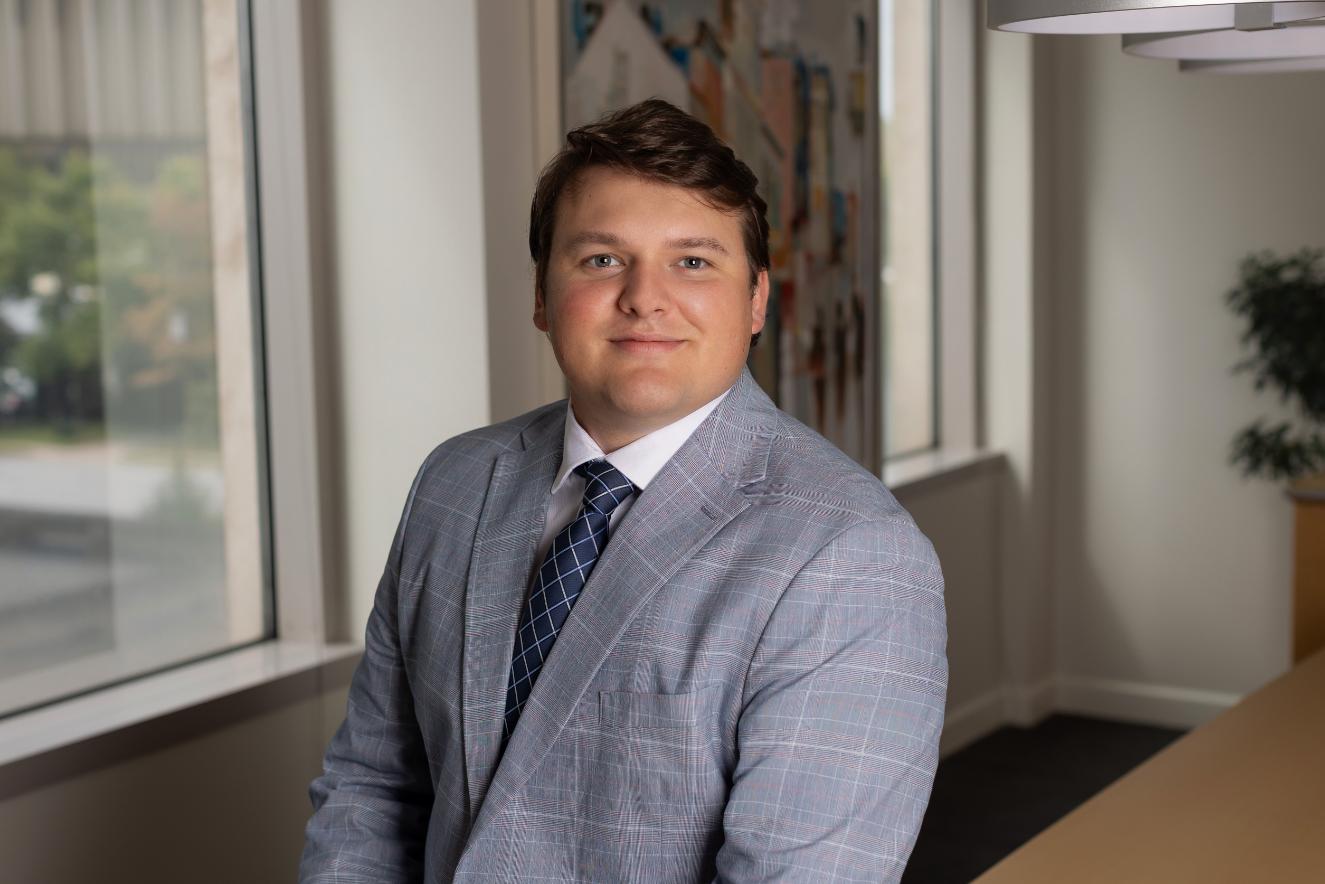Bringing Coherence to the Return of In-Person Instruction in Schools and Recovery for Student Learning Loss Due to Covid-19
Panel I: Local Superintendents
Dr. Sonja Santelises, CEO, Baltimore City Public Schools
Dr. Jack Smith, Superintendent, Montgomery County Public Schools
Dr. Monica Goldson, CEO, Prince George’s County Public Schools
Dr. Sean Bulson, Superintendent, Harford County Public Schools
Panel II: Health and Facilities Metrics
Dr. Travis Gayles, MD, PhD, County Health Officer, Montgomery County Department of Health and Human Services
David Lever, AIA D.Arch, Educational Facilities Planning LLC
Panel III: Teachers, School Staff, and Parents
Cheryl Bost, President, Maryland State Education Association
Denise Riley, Director of Policy and Legislative Affairs, AFT–Maryland
Krystle Blomquist, Parent, Citizens Advisory Council, Cecil County Public Schools
Dr. Jack Smith, Superintendent, Montgomery County Public Schools
We have a board resolution of August 25th that calls for us to come back to the board at the end of first marking period, the first week of November with recommendations, updates, and a plan on how we could potentially bring students back to into school for second semester in a model that would adhere to all of the requirements around social distancing, appropriate equipment, sanitizing, and transportation.
We have put a lot of safety precautions in place, our buildings are already actively used every day by teachers, building staff, administrators, food service and materials distribution.
Set forth health and safety practices across the schools:
- Daily health attestation for staff and students.
- Required face coverings.
- Limiting building access to just students and staff.
- Hand sanitizing stations.
- Hand washing encouragement.
- Training on prevention for staff and students.
- Staff signage and reinforcement with regard to social distancing.
- Providing ongoing support for all Of our school administrators, teachers, and support staff.
Personal Safety Kits: Delivered to our support staff
- Masks
- Gloves
- Hand sanitizer
- Wipes
In certain circumstances we are providing:
- Goggles
- Face shields
- Transparent face coverings
- Gowns
In Montgomery County we have spent about $11 million dollars on equipment so far. In ventilation upgrades over the past 6 months we currently have a $7 million dollar request in front of our county council for additional ventilation.
Across 208 school facilities as well as other buildings we have spent almost $6 million dollars for salaries for employees who performed functions related to Covid-19.
We focused the CARES money we received on technology, connectivity, tutoring, professional learning for adults, and other requirements around the spaces that will be used.
Dr. Monica Goldson, CEO, Prince George’s County Public Schools
We have to go back with our boards with our recommended data free entry at the beginning of November.
We will be entering back second semester. Providing parents the option of continuing with virtual learning or doing a hybrid learning two days a week. Half of the population comes on Monday and Tuesday; the other half comes on Thursday and Friday. The days they are not physically present they will continue with virtual learning.
Our buildings are open on Mondays and Wednesdays. We have around 2,000 teachers out of our 10,000 that currently report to the school to teach from their classroom, it is optional.
Approximately 27% of our employees that are back in buildings. In Prince George’s County we are in a modified version of Phase 2. We still continue to monitor the number of people in our buildings.
When we have a Covid-19 case we do a full building closure and we post those on our main website. We have a minimum of about one closure per day.
In terms of safety precautions and materials, we purchased the same material that Mr. Smith mentioned.
We have had to purchase higher grade air filters for all of our schools, and we are investigating air purifiers for all 206 schools.
We’re very focused on the creation of the six foot rule for our students. We are going to have to explore some non-traditional ways to feed our students.
We had a decrease in enrollment for kindergarten and it’s not a new phenomenon for Maryland. The reduction could potentially affect our funding for next year.
Our current rules around immunization requires that our students have to have immunizations in order to receive the delivery of instruction. We are pushing for jurisdictions for a little bit of leniency to allow our students to still learn virtually while they are acquiring their shots and getting their immunizations up to date.
We need to have conversations around closing the digital divide. Wi-Fi access should be just like heat, electricity, and water.
Dr. Sonja Santelises, CEO, Baltimore City Public Schools
We have been bringing small groups of students back for in-person learning opportunities. Over the summer we successfully offered in-person learning opportunities for about 200 summer school students for in-person instruction.
Late in September we opened 15 student learning centers. We even had some of our delegation out yesterday visiting some of the student learning centers.
We were able to partner with our city recreation and parks so those 15 sites have increased participation over the course. Some actually have waiting lists.
The majority of our students will remain virtual through the remainder of this semester. We will also offer in-person opportunities to groups of prioritized students at approximately 25 schools.
Families will continue to have an option, strictly voluntary of whether or not they want to participate in visiting a number of our sites.
We are focused on the prioritization of our CARES money toward a healthy and safe school building settings, but also on technology. Each of our air purifiers were $800 dollars.
Our estimation is that the cost associated with Covid has been close to $131 million dollars in additional costs.
Dr. Sean Bulson, Superintendent, Harford County Public Schools
We opened the school year with learning support centers, we had about 1800 students in our schools on September 8th. 41 out of our 54 schools had some students. Those students attended 5 days a week. They were learning virtually, but they were in school.
On October 12th all of our teachers returned to schools. Our teachers are teaching those that are in front of them, and also teaching students who are virtual.
Our focus in the learning support centers was to make sure we had a place for people who needed internet. Also students of essential employees and others based on need.
Our hybrid started this Monday. Kindergarten, first, and second grade are coming for 1 day a week hybrid. Our neediest special education students are coming in 5 days a week. Some of our English language learners and then some of our CTE students have started this past Monday.
In 2 weeks we will bring back grades 3 through 5 and Pre-K for 1 day a week, then we will bring our first secondary students into the 1 day hybrid beginning November 16th. From there we have to assess if we can move to more days a week.
We’ve done a great deal to train staff and parents, we have a site with parent training videos from our parent academy, we found that’s been a very good way to push information out to our families.
We have been fortunate not to have a positive student case.
Q&A
Senator Katie Fry Hester: Have you communicated directly to MSDE the cost that you just articulated to us, for what it’s going to take to open and have you received a response?
Dr. Jack Smith: We have talked not so much in numbers but in needs. We have suggested that some statewide procedures around purchasing of PPE, air filtration systems, those sorts of things would be effective. We need to do things in a uniform and consistent way.
Senator Katie Fry Hester: Let us know how the state can help.
Dr. Monica Goldson: We have had in our recent conversation, that there will be a creation of a dashboard from MSDE that we will see toward the end of this month.
Senator Mary Washington: Why are the most vulnerable students being called in first?
Dr. Monica Goldson: Here in Prince George’s County we are in Stage 2, my colleagues are not. that’s why we were all at different places. Each county yields something different.
Senator Arthur Ellis: Regarding decrease in enrollment. Do you have a percentage? What are your numbers? What do you see are possible solutions to the decrease in enrollment?
Dr. Jack Smith: As of today Montgomery County has 3,700 fewer kindergarten through 12th graders than we had last year. That’s going to have a significant impact on our maintenance of effort in terms of what that looks like as well as our state funding. I think every system has experienced decreases in enrollment. We are looking for some way to smooth that out from the General Assembly in those formulas. What we think will happen is that as the pandemic recedes, those students will come back.
Dr. Sonja Santelises: There are emerging legislative pathways to this that we can see in other states. We know already that the state of Florida has already charted a legislative path. I would kind of reinforce that this is not something that needs to be reinvented that we see steps forward and models for that.
Senator Clarence Lam: Has there been any guidance or information forthcoming from MSDE about decisions and how this may be redetermined given the fact the pandemic is skewing attendance downward?
Dr. Jack Smith: No, as of this point we have not received. We have discussed this with the state superintendent, she is very concerned about it. It is likely going to require some sort of legislative fix.
Senator Clarence Lam: Regarding a vaccine for Covid. Have any of the school systems begun discussions on what the policy might be for a potential Covid vaccine?
Dr. Jack Smith: That would require a change at the state level that’s one of those places where statewide standard procedure will be necessary and the decisions around who gets the vaccine.
Senator Jack Bailey: Regarding school reopening plans. It’s my understanding this falls directly under the responsibility of the superintendents. Do you have any information other than that?
Dr. Jack Smith: The requirement would be that the Board of Education would have to endorse or approve any plan that you took forward. Superintendents when you think about the opening of school we traditionally think about it around inclement weather and that’s where that comes from and closing for snow purposes or short term closures. No one has ever been in this circumstance, so we lean heavily on our local health departments for advice and metrics. We work closely with our Boards of Education to make determinations about how to proceed.
Dr. Sonja Santelises: You will also see variation in terms of what each board decided to weigh in on. In Baltimore City, our board voted on the extension of the delay in the opening of the school year and we presented the plan.
Senator Bryan Simonaire: Do you really want a statewide criteria where one size fits all?
Dr. Jack Smith: No, we are not asking for a blanket set of decisions. We are asking that we look at each of these issues and say is it more effective and efficient? Is it a better cost or safer if we have a statewide plan or if we have local autonomy? Each one will have to be examined individually because we range from 2,000 students to 160,000 students. We range from very rural to very urban, so there is no way you could just have a statewide plan. But there are places we could have statewide procedures, like immunizations and vaccinations.
Dr. Travis Gayles, County Health Officer, Montgomery County Department of Health and Human Services
The state released some guidelines in late August and the CDC about two weeks later came out with their own federal level guidelines, in terms of what are the criteria for schools to reopen.
Part of the challenges that you’ve discussed about differences with jurisdictions within Maryland have also been experienced on the national level because there are different standards across different states and jurisdictions in terms of what are the safe parameters to reopen.
One of the universal criteria however, is the fact that any reopening strategy and criteria is dependent upon low demonstrated low rates of transmission within community transmission within different jurisdictions.
The guidelines from the state as well as the CDC are premised on rates of test positivity as well as rates of cases per 100,000.
David Lever, AIA D.Arch, Educational Facilities Planning LLC
We were looking at guidelines for school designs and operations both during Covid and post Covid.
We developed a document that was published in June called “A Clearinghouse of Resources to Aid in Reopening Schools”. The basis for research was the MSDE scenarios that were developed in the Maryland Together Plan. We also looked at research that had been done by the CDC, World Health Organization, ASHRAE, and the Chan School of Public Health at Harvard.
We identified the need for data for guidance and for metrics. In terms of data what we need to know is what works and what doesn’t work. What kind of staffing is needed? What resources are needed and of course the funding to support those? The cost data is essential because we need to know how much to request.
Q&A
Senator Paul Pinsky: If x number of children are sick or have tested positive, or staff members have tested positive does geography matter? Is it science based or do we need flexibility? Also what is your take on transparency regarding what schools have outbreaks and how many were involved?
Dr. Travis Gayles: There are some areas where there’s objective scientific data and criteria for example, similar to the guidelines that were released to say here’s the metrics regardless of geography if you hit these points we would recommend full in-person versus hybrid in-person versus complete closure and staying in a virtual standpoint. At the same time in the absence of that each jurisdiction is working hard to try as best as we can to come up with that language and come up with those guidelines to help inform our educational teams whether they are non-public or public schools.
David Lever: There is obviously the legal issues having to do with HIPAA, but also you wouldn’t want to create unnecessary panic in the public over something that may in fact be a minor issue and that’s the danger of putting out the information. The possibility of holding back that information could lead to accusations later on. There is a good deal of merit in having the requirements for a certain protocol come from the unified authority of the state.
Senator Katie Fry Hester: My understanding is that New York has a dashboard that allows community members to view data broken down by public schools, charter schools, private schools, higher education. If New York can do it and we can do it in Maryland for nursing homes why couldn’t we do that for school? Wouldn’t it make sense for the state to have a common contact tracing and testing that goes across all the school systems?
Dr. Travis Gayles: Regarding a dashboard I think that would best be directed to MDH. The state does have a shared platform, they created covidLINK to have a shared database for cases that come in and to assist the local jurisdictions in completing the contact tracing process. Some of the counties utilized the state platform as the primary source to do the initial investigation or the initial attempt to contact. Each jurisdiction has their own apparatus in terms of handling the school related cases.
Senator Mary Washington: Have you met individually with our school board?
Dr. Travis Gayles: The health officers have not had a meeting with the school Superintendent. To get an official accounting of how MSDE has reached out and engaged MPH we would have to ask them directly.
Senator Bryan Simonaire: As far as guidance, would you like a suggestion or a mandate that the locals have to follow?
David Lever: It is recommendations it’s not mandated, the question is are these what might be called bright line guidance or are they vague? It’s still up to the school system to make the decisions, but at least there’s a kind of common parameter out there.
Cheryl Bost, President, Maryland State Education Association
Return to In-Person Instruction and Recovery of Student Learning Loss
Health & Safety Checklist
Standards set by:
- Maryland Department of Health
- Maryland State Department of Education
- CDC
- OSHA
- U.S. Department of Education
Checklist Categories:
- Healthy Buildings and Classrooms
- Mitigation Strategies
- Protocols for Screenings
- Presence of Symptoms
- Protocols for Confirmed Coronavirus
- Buses and School Transportation
Are your members prepared to return to school buildings? Under what safe circumstances/conditions?
- Establish Memorandum Of Understanding: Districts need to negotiate healthy and safe teaching and learning conditions as part of an MOU with exclusive bargaining representatives.
- Complete Checklist: Principals must meet with a building level health and safety team to complete the checklist.
What leave policy is appropriate for employees who may be compromised by coronavirus?
- Before Return: Fair consideration of accommodations.
- Short-Term: Paid administrative leave provided for a school employee required to quarantine because of coronavirus.
- With Legislative Action: Create a health presumption to allow for worker’s compensation to cover leave.
What information regarding outbreaks should be made public by individual schools or for the school system?
- Transparency is Key: Schools and health departments should publicly report and track all data, like the data tracking in place for nursing homes.
- Protect Privacy: Medical data should be protected for individual students and employees.
Other Priority Issues
- Digital Inequities Persist: Many districts still lack 1:1 devices and reliable internet for all students and educators.
- Educator Workloads: Managing synchronous, asynchronous, concurrent, and hybrid learning are creating 12+ hour workdays and is not sustainable.
- Funding Concerns: Ongoing push for federal stimulus plus need to implement the Blueprint for Maryland’s Future to protect and enhance state and local school funding.
Denise Riley, Director of Policy and Legislative Affairs, AFT–Maryland
AFT “Plan to Safely Reopen America’s Schools and Communities”
Five Pillars based on the science, educator and healthcare expertise
- Maintain virtual learning until the number of new cases declines for at least 14 consecutive days on a community-by-community basis.
- Infrastructure and resources to test, trace and isolate new cases.
- Deploy the public health tools that prevent the virus’ spread and align them with education strategies that meet the needs of students.
- Involving workers, unions, parents and communities in all planning. They must be engaged, educated and empowered.
- Invest in the recovery. Reopening will require more – not less – investments in public health and in our schools.
Q&A
Senator Cheryl Kagan: Have you brought some of these issues to the Maryland State Department of Education?
Cheryl Bost: We have not met since this summer. I speak each time at their Board of Ed meetings and they’re not talking to the stakeholders. Recently local superintendents have written a letter to Dr. Salmon asking them to make some decisions on assessments because we have no idea how we’re going to administer the MCAP in a virtual situation. There’s very little communication responsiveness or inclusion.
Denise Riley: We have had meetings with the federal delegation to intercede on our part because we’re not getting responses. We have told them we do not have PPE, this is endangering the entire community. We have had to go to members of Congress and the Senate and ask them to please ask Governor Hogan to intercede.
Senator Jason Gallion: Do you take scientific studies into account?
Cheryl Bost: We look at those, but we take our guidance from the Maryland Health Department and the CDC.




